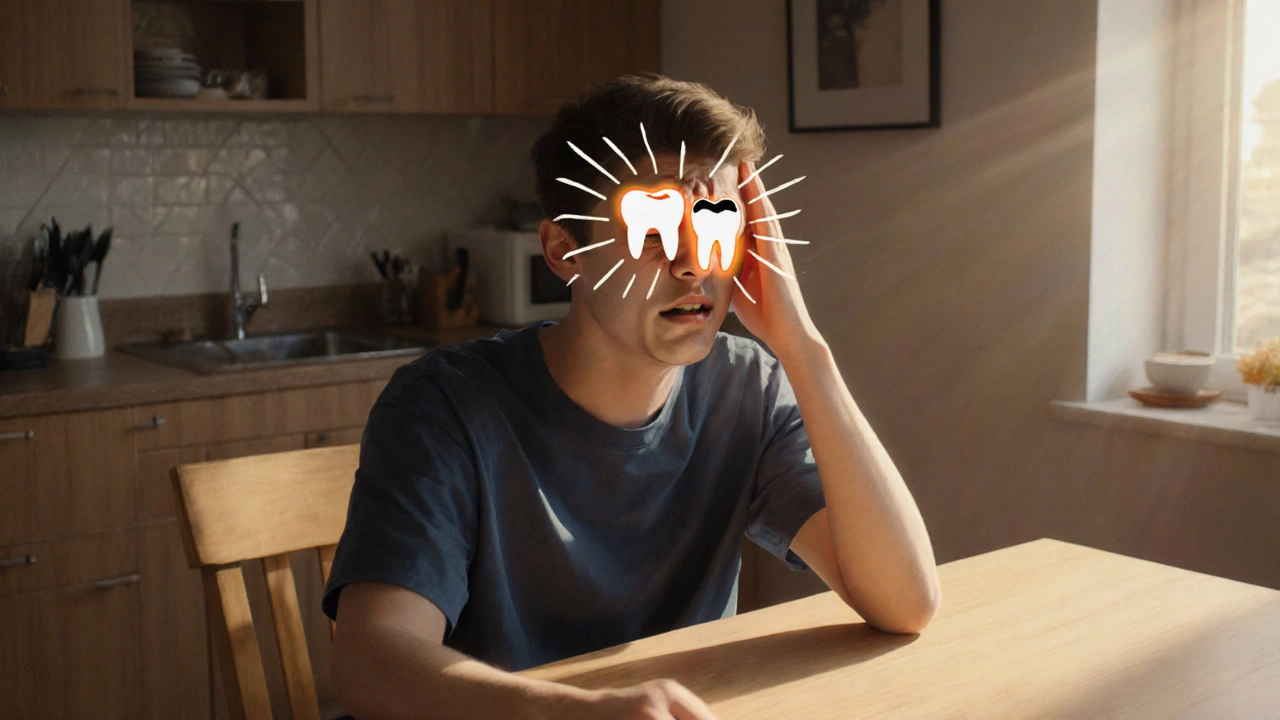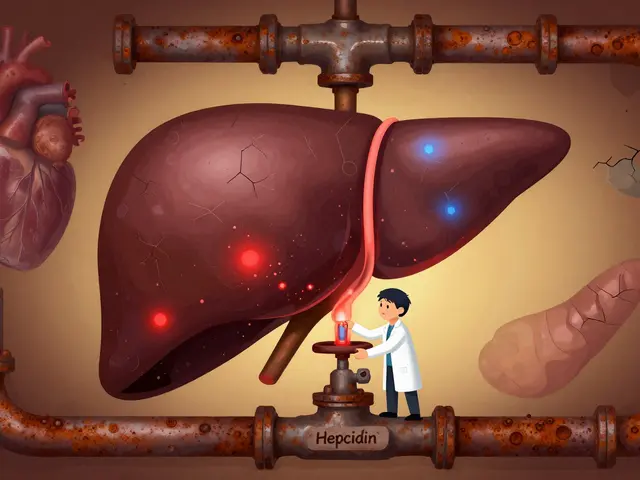Dental Causes of Headaches: When Your Mouth Is the Hidden Culprit
When dealing with Dental causes of headaches, pain that originates from teeth, gums, or jaw joints and manifests as head pain. Also known as oral‑related headaches, they often masquerade as regular migraines, making diagnosis tricky. Understanding that a sore tooth or an overactive jaw can fire the same nerves that signal a headache helps you connect the dots between dental health and head discomfort.
One of the biggest players is TMJ disorder, a condition where the temporomandibular joint and surrounding muscles become inflamed or misaligned. This joint sits right beside the ear and links your jaw to the skull, so any irritation can radiate up to the temples and behind the eyes. People often mistake TMJ pain for tension‑type headaches because the ache feels like a tight band around the head. Recognizing clicks, popping sounds, or difficulty chewing can point you straight to the joint as the headache source.
Other Dental Triggers You Might Overlook
Beyond TMJ, tooth decay, the gradual destruction of tooth structure by bacteria and acids can send sharp, throbbing signals straight to the trigeminal nerve, which is the main pain conduit for the face and head. A cavity in a molar often feels like a dull ache at the back of the head, especially when you chew. Likewise, a dental abscess—a pocket of pus forming around an infected tooth—creates pressure that can mimic sinus headache symptoms.
Grinding or clenching your teeth, known as bruxism, is another silent headache generator. The constant force on the teeth and jaw muscles leads to micro‑trauma, muscle fatigue, and referred pain up the neck. Many sufferers only notice the problem when they wake up with sore jaw muscles or a persistent dull headache. Stress, caffeine, and misaligned bite are common triggers, and addressing the habit often eases both dental and head pain.
Sinus infection and dental issues share a nerve pathway too. An upper molar infection can spread to the maxillary sinus, causing sinusitis‑like pressure behind the eyes and across the forehead. Conversely, a chronic sinus infection can inflame the roots of upper teeth, creating a feedback loop of pain. Knowing that the upper teeth sit just beneath the sinus floor helps you differentiate whether the pressure stems from a dental source or a true sinus problem.
Putting all this together, the key is to look for dental red flags when headaches strike: recent dental work, visible cavities, jaw clicking, nighttime grinding, or localized tooth tenderness. If any of these appear, a quick dental check can rule out or confirm a dental cause, potentially saving you from unnecessary migraine meds. Below you’ll find a curated list of articles that dive deeper into each of these topics, offering practical advice, treatment options, and when to seek professional help. Ready to connect the dots between your teeth and that nagging head pain? Let’s explore the resources that can guide you toward relief.

How Dental Problems Trigger Headaches - Causes & Relief
Explore why dental problems can cause headaches, how to tell the difference, and practical steps to relief and prevention.
read more




